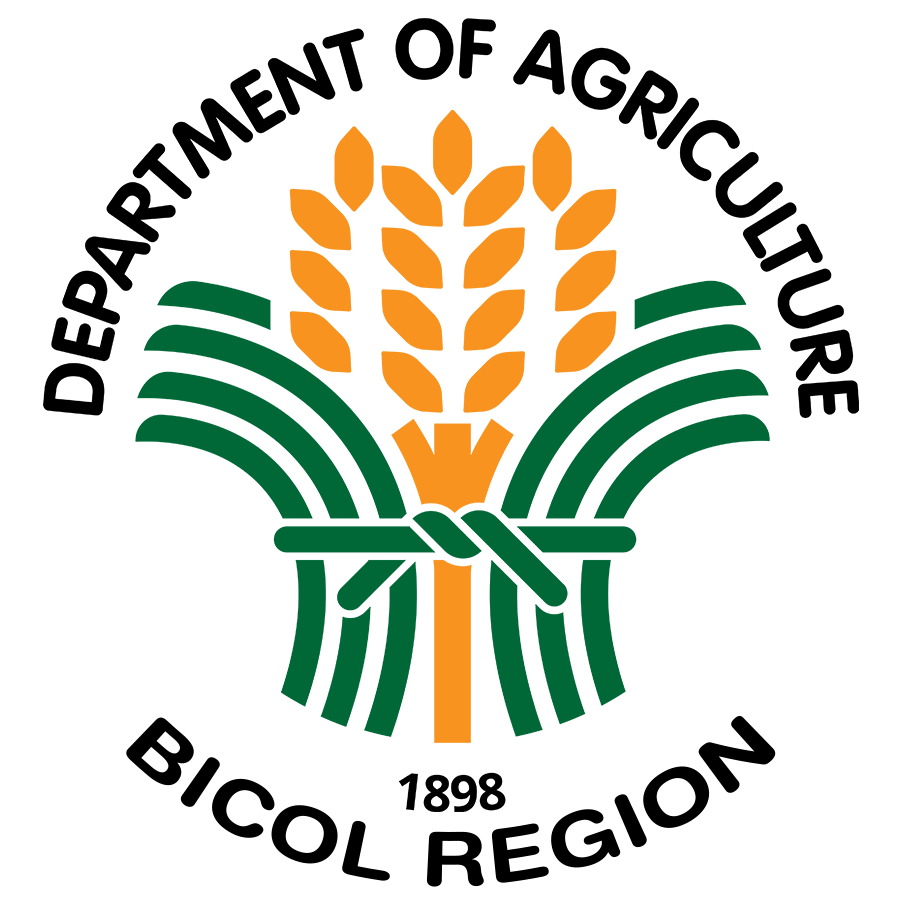Scientific studies show ‘tree of hope’s’ pharmaceuticals and cosmeceuticals potentials
NAGA CITY, CAMARINES SUR – Considered as a valuable commodity in the Philippines, especially in Bicol, because of its industrial, commercial, environmental and nutritional benefits from its roots, trunks, branches, leaves, saps and fruits, pili became popular as the “tree of hope.”
Products derived from pili include food and pastries out of its kernel, animal feeds and versatile oil from its pulp, handicrafts, fashion accessories, activated carbon and biofuel from its shells. Pili resin is also used as raw material for thinner, paint, sealant, water-proofing and igniter products. Pili kernel and pulp are also processed as essential oils.
But recent scientific studies show that there’s more to this symmetrically shaped tropical tree that belongs to the genus Canarium and the family Burseraceae or the “incense tree family.”
At the 1st Pili (Canarium spp.) National Scientific Conference and Trade Fair held in this city on November 5-6, 2018, local and international researchers unveiled pili’s pharmaceuticals and cosmeceuticals potentials.
“The properties of pili pulp oil are comparable with olive oil,” said University of the Philippines Los Baños (UPLB) National Institute of Molecular Biology and Biotechnology University Researcher Pamela Raye M. Tadeo and University Research Associate Nico G. Dumandan. In their study “Pili Pulp Oil: Bioextraction, Lipid Composition and Potential Application for the Food Industry” conducted with Dr. Laura J. Pham, they noted that pili has a relatively high iodine value hence the oil is highly unsaturated. Meanwhile, the high percentage of oleic acid in the oil makes it desirable in terms of nutrition and high stability in cooking. It also yields high carotenes, tocopherols and phytosterols, which are potent natural antioxidants and effective in preventing certain types of cancer, heart disease and other chronic ailments.
Philippine Pili Industry League Inc. (PhilPILI) Vice President for Marketing and Promotions and Rainier Research and Development Institute Inc. founder and Chief Executive Officer Rainier B. Villanueva highlighted pili’s anti-microbial and anti-aging properties, keratolytic and whitening effects as well as its anxiolytics and anti-cholinergic agents and analgesic properties. According to Villanueva, said chemical characteristics help reduce stress and muscle and joint pains and treats and urinary incontinence, chronic obstructive pulmonary disease (COPD). He also cited the need for more investments on clinical trials and research to further support pili’s pharmaceuticals and cosmeceuticals potentials.
In his keynote address, DA RFO V Regional Technical Director for Operations and Extension Rodel P. Tornilla expressed the agency’s continuous support for scientific and technological advances to encourage farmers to innovate and diversify the pili’s value-adding and market potential and increase their access to value chain to keep pace with globalization.
With the theme “Advancing the Pili Industry Industry Through Science and Technology,” the two-day 1st Pili (Canarium spp.) National Scientific Conference and Trade Fair was spearheaded by the PhilPILI in coordination with the Department of Agriculture Regional Field Office V (DA RFO V), the Local Government Unit of Naga City, Elemie Naturals and other partner agencies and institutions.
Data from the Philippine Statistics Authority (PSA) show that in 2017, pili production in the Philippines was accounted at 7,427.41 metric tons. The country has 2,283.24 hectares of area harvested to pili. Bicol has the highest production at 6,438.94 or 86.69 percent of the total production. The region also has the highest area harvested at 1,928.21 hectares equivalent to 84.45 percent. (Annielyn L. Baleza, DA-RAFIS V)
